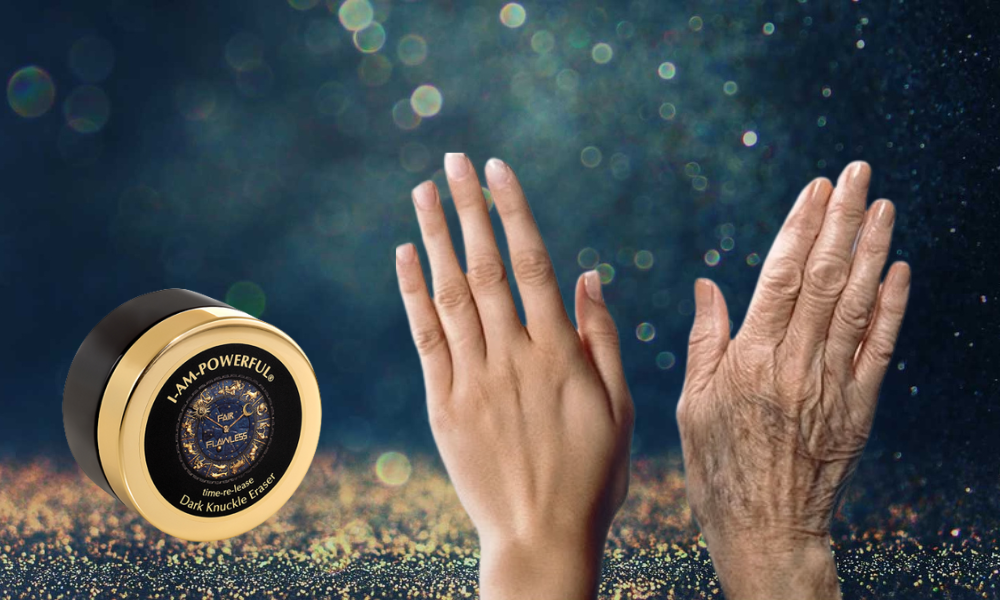Spread Awareness About Melasma This Summer
You might see women sporting sunscreen in a variety of colors on their upper lips this summer and wonder what it's all about. It's not just a fancy way to wear sunscreen, but a movement to spread awareness about a skin condition known as melasma.
A fashion blogger known as Katie Sturino has been afflicted with a strange darkening above her upper lip that looks like a moustache but is actually UV exposure that has made her skin darken in the area. To prevent it from getting worse, her dermatologist advised her to apply thick zinc, a waxy UV blocker that prevents the rays from reaching this patch of delicate skin. Instead of feeling awkward about it, Sturino now flaunts a range of different zinc colors on her upper lip. On her Instagram account, Sturino shows off the bright colors and also uses the pictures to teach people about melasma.

What Exactly Is Melasma?
If you're wondering what melasma is and you haven't checked out Sturino's Instagram yet, here's a crash course in this skin condition.
Melasma is a type of pigmentation issue that causes brownish-colored spots or patches over your face. It commonly targets the cheeks, forehead, bridge of the nose and chin and upper lip. This is because these are the areas of the skin most commonly exposed to sun. Yes, UV exposure is a leading cause of melasma and most people who have experienced melasma have a history of regular sun exposure. When your skin gets lots of sun, the UV rays accelerate its production of melanin, which causes pigment in your skin. If you continue going out into the sun without sunscreen, these patches can get worse and darken in color.
Melasma can also has a hormonal cause. It is often referred to as the mask of pregnancy because it is so common in women who are pregnant due to a change in hormone levels that can cause skin conditions. Use of the contraceptive pill that tweaks a woman's hormones can also be to blame for melasma eruptions.
Why Should We Be Spreading Awareness About Melasma?
Just because we might not have known much about melasma before, it doesn’t mean lots of women are not dealing with it (it tends to be more common in women). According to the National Institute of Health, approximately 6 million women in the United States alone have melasma. It's possible that it can return after having been treated, which is why protecting your skin against the harmful effects of the sun--and reminding all your loved ones to do the same--is so important.

How to Treat Melasma
Besides for skin protection against the sun, getting rid of melasma comes down to using skin-lightening products. Sadly, people are often encouraged to try chemical-based ones that can actually harm one's health and even cause melasma to get worse. But this is not the only choice you have! Choosing natural-based skin-lightening products is better for your skin and health, and will gently brighten and even out your skin tone to remove those dark patches.
You should look for natural ingredients such as aloe, kojic acid and bearberry. These are all powerful yet totally natural lightening agents. Vitamin C is another important ingredient when you wish to eliminate melasma. This antioxidant is a natural lightener, but it also leads to more youthful skin overall, thanks to how it speeds up the skin's production of collagen to maintain its elasticity.

You might be battling with melasma or perhaps you know someone who is. Either way, it's vital to spread awareness of this common skincare condition and protect your skin against it--it's the only skin you'll ever own!










